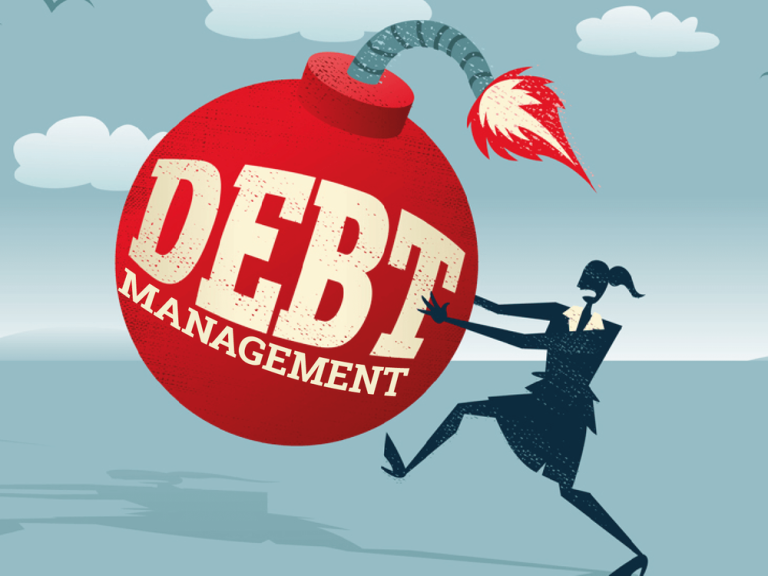In today’s fast-paced economic environment, many individuals seek alternative methods to supplement their income without committing to traditional employment. The concept of passive income has emerged as a popular solution. This article explores various passive income strategies, providing insight into how they can be effectively utilized to enhance financial stability and achieve long-term wealth.
Understanding Passive Income Strategies
Passive income refers to earnings derived from ventures in which a person is not actively involved. These strategies allow individuals to earn money with minimal effort, making them a highly appealing option for those looking to ensure financial security. Understanding the different types of passive income strategies can empower you to make informed decisions regarding your financial future.
Types of Passive Income Strategies
There are several distinct categories of passive income strategies, each with its own advantages and risks. Here are some of the most recognized methods:
- Investing in Real Estate: Real estate is a classic passive income strategy. By purchasing rental properties, investors can earn consistent rental income that often surpasses the initial investment over time.
- Dividend Stocks: Investing in dividend-paying stocks allows shareholders to earn a portion of the company’s profits on a regular basis. This form of passive income can provide a steady cash flow while you hold your investment.
- Peer-to-Peer Lending: This innovative model allows individuals to lend money to others through online platforms, generating interest payments as a source of passive income.
- Creating Digital Products: From eBooks to online courses, creating digital products can yield significant returns. Once established, these products can generate revenue with little ongoing effort.
- Affiliate Marketing: By promoting products or services on your platform, you can earn a commission for every sale made through your referral link. This strategy can be highly effective when coupled with a substantial online presence.
Investing in Real Estate: A Profitable Passive Income Strategy
Investing in real estate is one of the most traditional and effective passive income strategies. It involves purchasing properties for either rental income or long-term appreciation. Investors can choose from various forms of real estate, including residential properties, commercial real estate, and real estate investment trusts (REITs).
Benefits of Real Estate Investment
- Consistent Cash Flow: Rental properties provide a regular income stream that can be reinvested or used to support your current lifestyle.
- Tax Advantages: Real estate investors enjoy numerous tax benefits, including depreciation and mortgage interest deductions, which can significantly reduce taxable income.
- Appreciation: Over time, real estate typically appreciates in value, which can considerably enhance overall returns on investment.
Dividend Stocks: A Reliable Passive Income Strategy
Dividend stocks are an attractive avenue for generating passive income. Companies that pay dividends distribute a portion of their earnings back to shareholders, usually on a quarterly basis. This consistent income can be particularly appealing for retirees or anyone seeking financial independence.
How to Build a Dividend Portfolio
Building a solid dividend portfolio requires research and strategic planning. Here are a few steps to consider:
- Diversify Your Investments: To mitigate risks, diversify your investments across various sectors and industries.
- Reinvest Dividends: Take advantage of dividend reinvestment plans (DRIPs) to purchase more shares and accelerate your investment growth.
- Research High-Yield Stocks: Focusing on established companies with a history of stable dividends can lead to more predictable cash flow.
Peer-to-Peer Lending: Innovating Passive Income Strategies
Peer-to-peer lending has transformed traditional borrowing and lending dynamics. This strategy allows individuals to lend money directly to other individuals, eliminating banks as intermediaries. Platforms like LendingClub and Prosper facilitate these transactions, making it easier to generate passive income through interest payments.
Evaluating Risks and Returns in Peer-to-Peer Lending
While the potential returns from peer-to-peer lending can be substantial, it is essential to conduct thorough due diligence:
- Understand Borrower Profiles: Platforms provide detailed profiles of potential borrowers, allowing lenders to assess the risk of default.
- Diversify Loans: To reduce risk, consider investing small amounts across multiple loans rather than funding a single loan in its entirety.
- Monitor Economic Trends: Economic downturns can impact borrowers’ ability to repay loans, making it vital to stay informed about broader economic contexts.
Creating Digital Products as Passive Income Strategies
Creating digital products is a modern and highly scalable way to generate passive income. With minimal upfront costs and the ability to reach a global audience, digital products can create a robust income stream once properly established.
Types of Digital Products to Consider
- eBooks: Share your expertise or creative work through an eBook, which can continue to sell long after its release.
- Online Courses: Platforms like Udemy and Teachable allow you to create and sell courses, generating passive income as learners enroll.
- Stock Photography: If you are a talented photographer, consider selling your images on platforms like Shutterstock or Adobe Stock. Every download generates passive income.
Affiliate Marketing: Earning Through Passive Income Strategies
Affiliate marketing is a performance-based passive income strategy where you earn a commission for promoting products or services. This method becomes increasingly lucrative as you build your audience and refine your content marketing strategies.
Getting Started with Affiliate Marketing
To thrive in affiliate marketing, consider these essential steps:
- Choose Your Niche: Select a niche that aligns with your interests and expertise to create authentic and valuable content.
- Build Trust with Your Audience: Promote only reputable products and services to establish credibility and encourage conversions.
- Utilize Multiple Channels: Expand your reach by leveraging social media, blogging, and email marketing to maximize exposure and potential earnings.
Conclusion: Implementing Passive Income Strategies
In conclusion, passive income strategies offer a viable path towards financial independence and security. By exploring investment avenues such as real estate, dividend stocks, peer-to-peer lending, or creating digital products, you can build a diversified portfolio that generates income with minimal ongoing effort. Begin to implement these strategies today and pave the way towards a more secure financial future.
Visual Representation of Passive Income Strategies
This visual representation illustrates the diverse array of passive income strategies available to investors and entrepreneurs alike. Each strategy requires a careful approach and consideration of the associated risks and rewards. Regardless of which path you choose, the pursuit of passive income can lead to greater financial freedom and peace of mind.



